Val Camonica has always been a crossroads of people, a cradle of culture and a treasure chest of natural treasures. Val Camonica is the ancient land of the Camuni and straddles the provinces of Bergamo and Brescia. Starting from the beautiful shores of Lake Iseo, Val Camonica stretches nearly 100 kilometers into the heart of the Alps with its northern boundary being marked by legendary passes especially for cycling enthusiasts such as Tonale,Aprica and Gavia. With more than 55 percent of protected area enshrined in the Valle Camonica Nature Network, where the Adamello and Stelvio Parks stand out, Val Camonica is a perfect place for lovers of the outdoors, thanks in part to the presence of major ski areas and the River Oglio cycle route, ideal for two-wheelers. Val Camonica is then synonymous with relaxation with the spas of Boario and Angolo, but it is above all known worldwide for its rock carvings, declared a UNESCO World Heritage Site. Val Camonica is also a place where culture and history go hand in hand with an invaluable archaeological heritage from Roman times, beautiful churches frescoed by great Renaissance painters, the many villages and castles and an effective museum system. Here are ten must-see stops on your trip to Val Camonica.
In Capodiponte, and more precisely in the locality of Naquane, since 1955 there has been the National Park of Rock Engravings, which aims to protect and enhance one of the most important complexes of rocks with prehistoric and protohistoric engravings in Val Camonica. The park covers nearly 150 thousand square meters and within it houses 104 rocks, made of sandstone polished by glaciers, engraved with some of the best-known depictions of the rock art repertoire of the Camonica Valley, recognized by UNESCO as a world heritage site. Scholars explain that rock art developed in the Camonica Valley between the end of the Upper Paleolithic (about 13,000 years ago) and the Iron Age, but then continued into Roman, medieval and modern times. The park offers five visitor trails that wind through easily walkable paths for about 3 kilometers. Hearts of the park is the Great Rock of Naquane, which has over two thousand engravings clearly visible. The oldest date to the Neolithic period, the most recent to the early Iron Age. This is a unique palimpsest, even in the European context, with scenes of apparent daily life, but more likely with symbolic roots rooted in the culture of the valley.
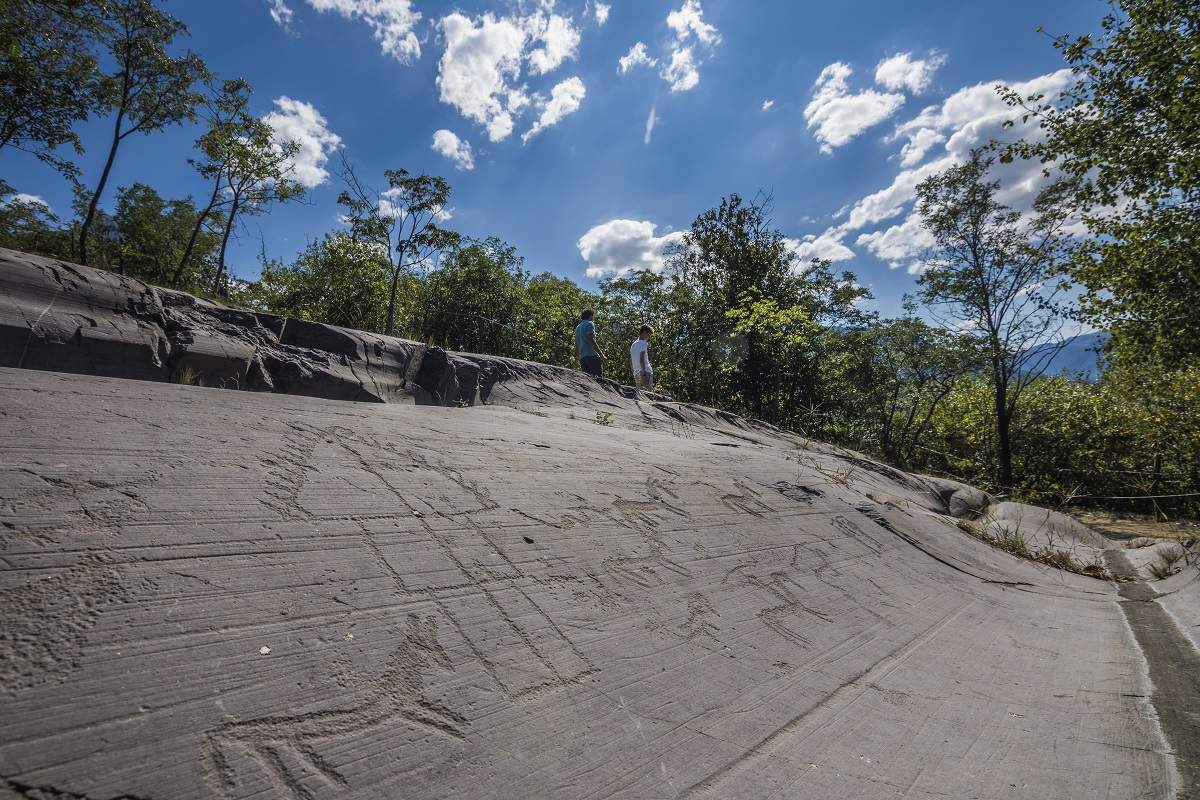
An enchanted village framed by the woods and mountains of the Camonica Valley. The one to Case di Viso is definitely one of the most fascinating excursions you can do in Val Camonica. The village of Case di Viso is easily reached from the hamlet of Pezzo, in Ponte di Legno. To get to this quaint little village you have to leave your car and walk along a mule track that climbs gently through woods and glades. It is an enchanted path where you can breathe in good lungs the fresh air of the Camonica Valley and where it is also possible to make some exciting encounters, not by chance here there is a wildlife observatory and it is easy to admire wild animals such as deer, ibex and chamois. To warm the traveler’s heart, however, will then surely be the sight of the village of Case di Viso with its houses that preserve unchanged the original masonry architecture, for some dating back to the 19th century, in the midst of which a stream flows placidly. Past the village, still following the mule track for about a kilometer, we also reach a well-equipped picnic area.
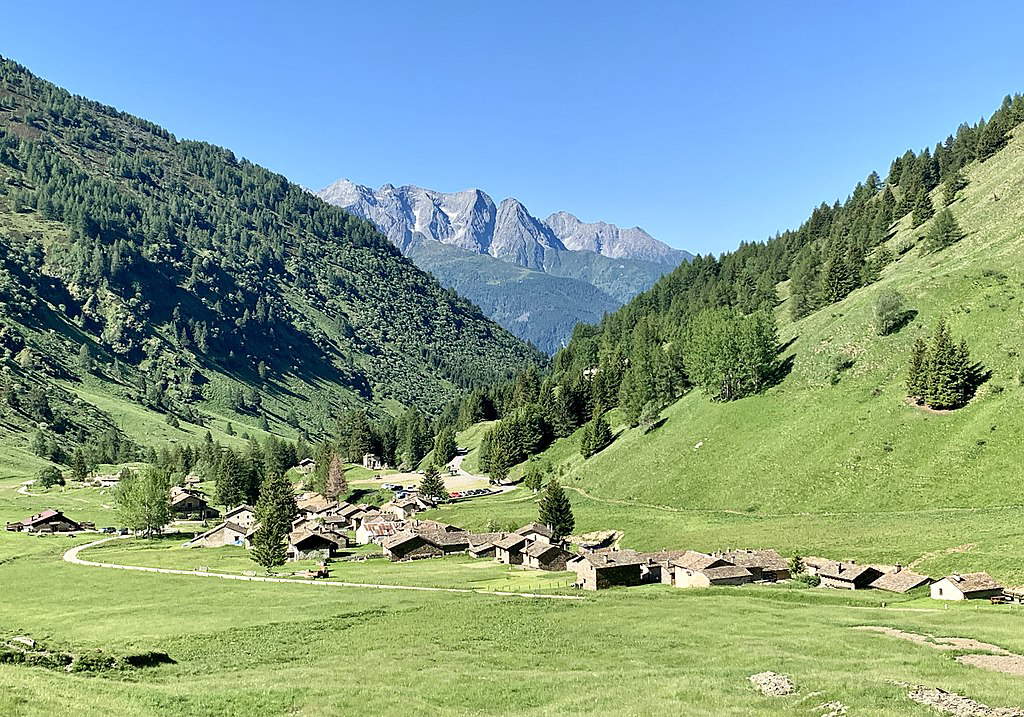
Nestled on the shores of Lake Iseo, the village of Lovere is one of its most charming and historic corners in these lands. Strolling along its splendid lakefront, losing oneself among the mountain peaks and clear waters is an experience to be absolutely tried as well as stopping to discover the many treasures guarded by this jewel of a town. Starting from the splendid Piazza del Porto with its majestic buildings that frame it, penetrate through the square and narrow streets to admire the old civic tower or the ancient church of San Giorgio and then descend back to the lakefront where there is Palazzo Tadini with its Accademia designed to house the Tadini stele, one of the last works of Antonio Canova. Today the museum itinerary unfolds in the rooms on the building’s main floor. The first part contains numerous works acquired by the count during numerous trips to Italy in the second half of the 18th century, while the second part, past the large and famous concert hall, contains a collection of paintings from various Italian schools. Next to Palazzo Tadini then stand numerous aristocratic villas whose imposing facades are reflected in the lake. Also not to be missed is a visit to the basilica of Santa Maria in Valvendra, built in the late 15th century, or to the very interesting Civic Museum of Natural Sciences.
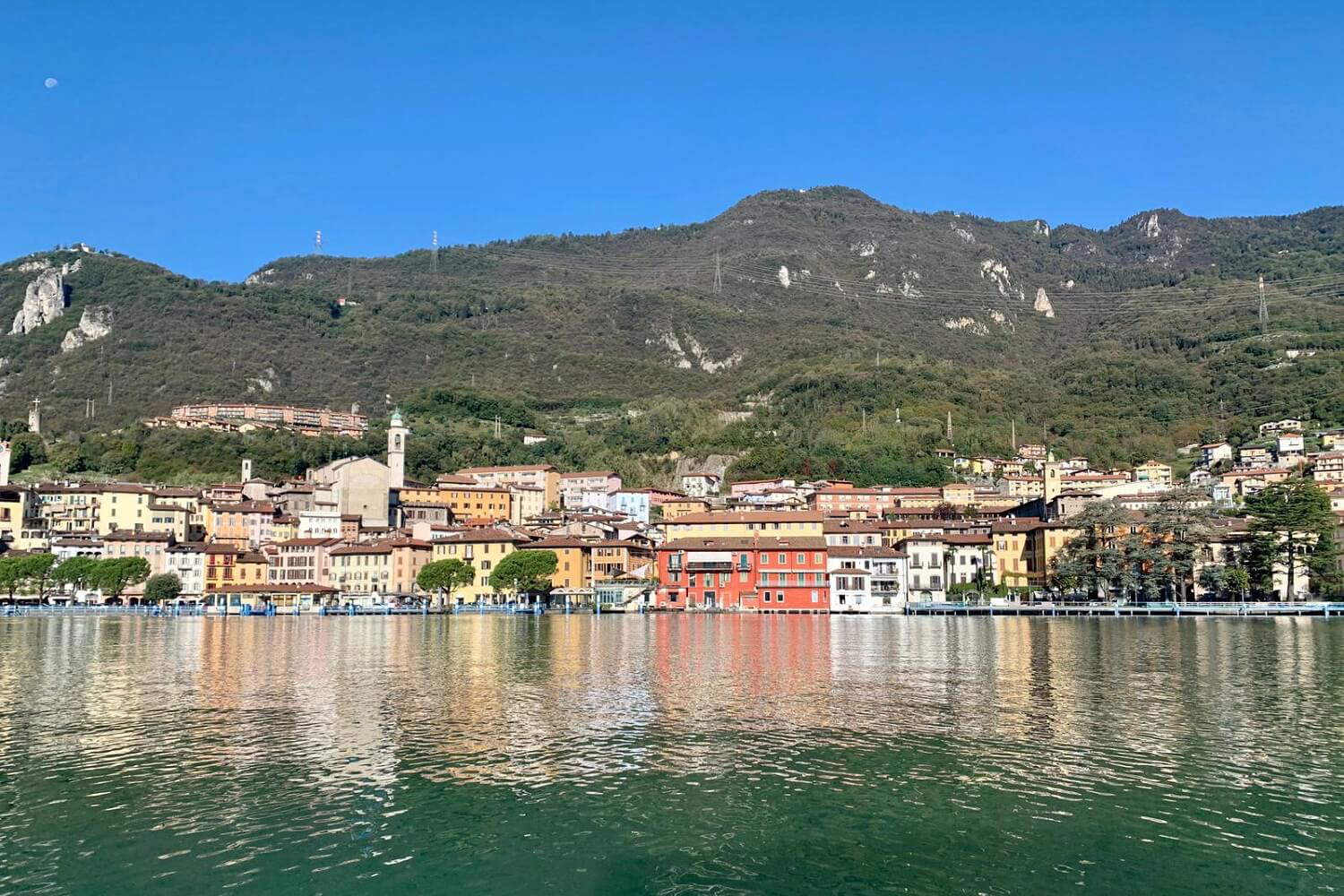
Bienno is certainly one of the most fascinating places in the entire Camonica Valley. Its history is, like that of many other settlements in these lands, very ancient. The first settlements are traced back to the Bronze Age while later in the area of Bienno the Camuni settled, who have left evidence at the top of the Cerreto hill, where the altar prey, an erratic boulder with rock carvings on it. Thanks to the great availability of iron in the mines in the mountains that surrounded the ancient settlement, Bienno, but like him all of Valcamonica, was a strategic place for the Roman empire. The town over the centuries then experienced important phases of development and many different dominations each of which left tangible traces of its passage in sacred and civil architecture. Today, however, Bienno is also famous for being “The Land of Artists.” This has been possible thanks to the efforts of administrators and residents who have created the “House of Artists,” an artistic residency that each year draws creative people from all over the world to Bienno to conduct their own research and develop a specific design by proposing different languages and stimulating collaborations with local artisans.
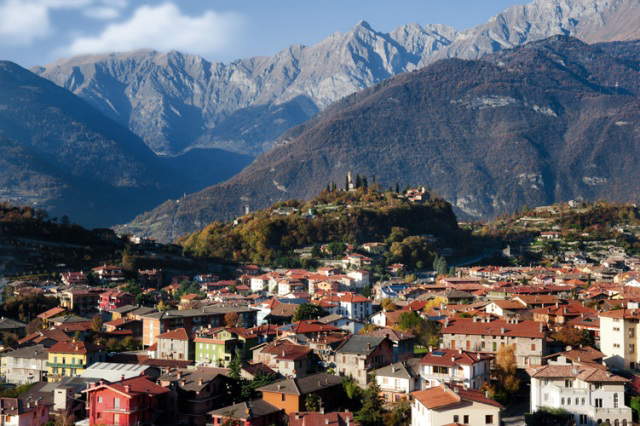
Le Capèle, the Sanctuary of the Way of the Cross, is a large building located near the parish church in Cerveno. Inside, the 14 stations of the traditional Stations of the Cross are arranged along a stepped corridor that culminates at the top with the chapel of the Deposition. The various stations are located in niches on either side of the staircase and all are decorated with frescoes and contain 198 life-size statues in wood and stucco. Most were made by Camuno sculptor Beniamino Simoni beginning in 1752. Every ten years, on one of the Sundays in May, the inhabitants offer a living representation of the Passion, inspired by the popular characters from Beniamino Simoni’s sculptures. The video and photographic documentation, props and clothing used during the various editions can be seen in the “Casa Museo,” the Civic Museum of Cerveno, where there is also an ethnographic collection that reconstructs the experience of the Camunean people.
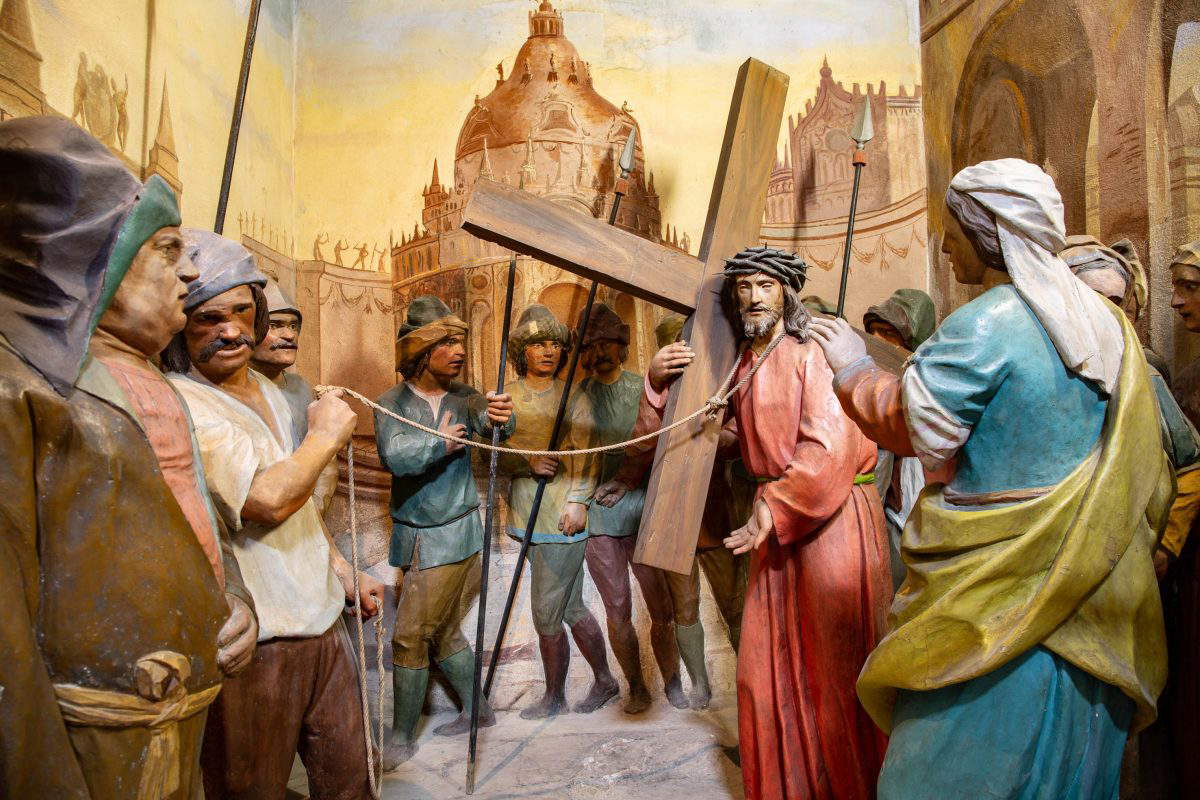
In the town of Breno are preserved some of the most important traces of the rich and long history of the Camonica Valley. First and foremost here is the Sanctuary of Minerva, an ancient a Roman place of worship. This temple was dedicated to the goddess Minerva and was built on top of an older sanctuary built around the presence of river water and springs. The original statue found here is preserved in the Archaeological Museum in Cividate Camuno, but here you can still admire the ruins with mosaic floors that tell the story of the temple’s elegance. Also not to be missed is a visit to the Castle of Breno, an authentic stronghold that stands on a wide hill baring the Camuno valley floor. The castle can be reached in a few minutes from the center of Breno, and here one can literally touch upon the many stages in the history of the Camonica Valley. Not only is the castle located on a site that has proven to be a key archaeological site for knowledge of the prehistoric Camonica Valley, but he himself has undergone a continuous development from an early medieval fortification to an elegant set of tower-houses and palaces surrounded by walls in the Late Middle Ages, to its last phase as a military stronghold in the Modern Age.
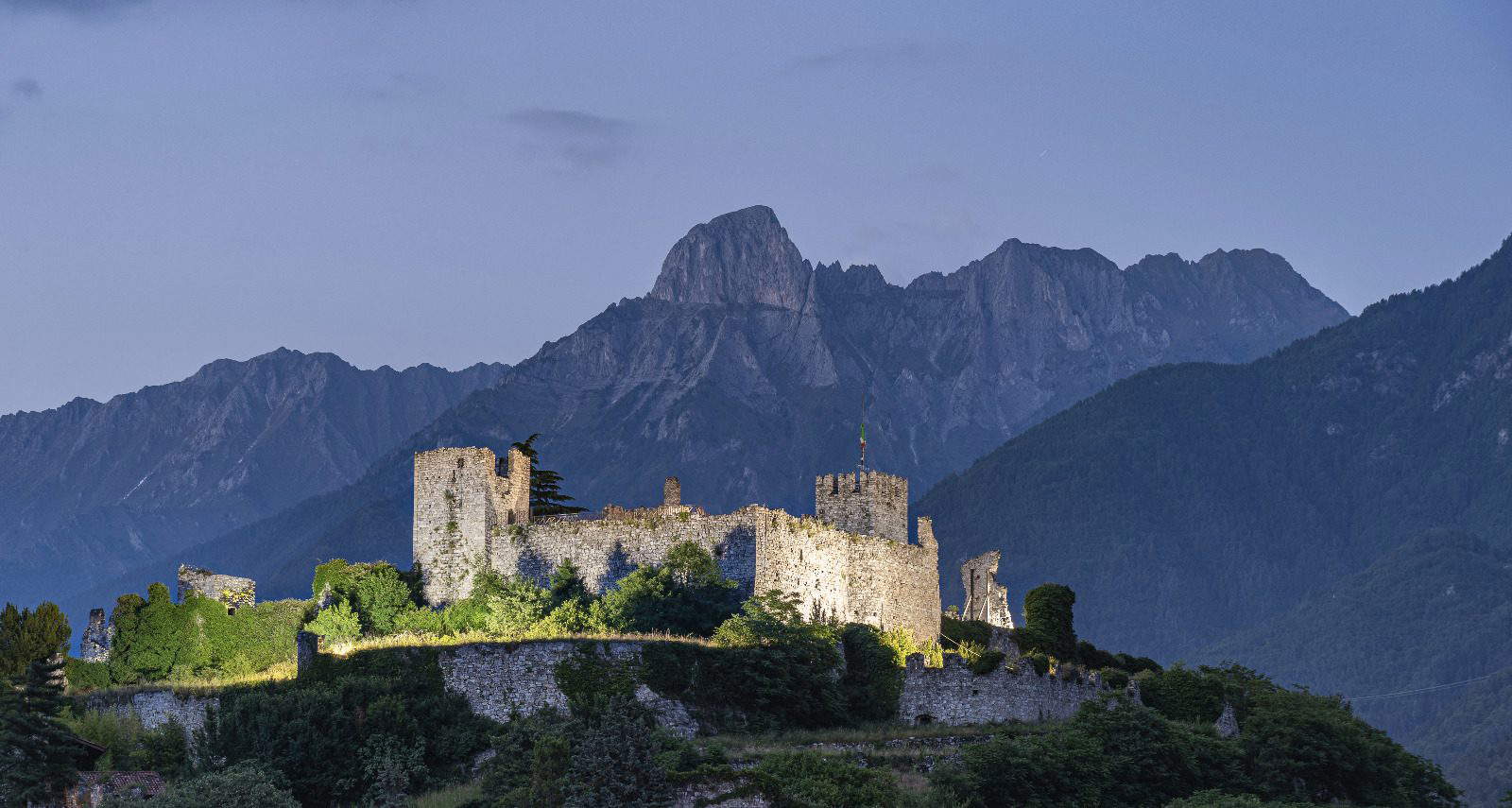
Ponte di Legno is one of the most popular places for outdoor sports lovers throughout Italy. Skiing is at home here since it can be practiced on the Presena glacier from autumn to spring. In winter, on the other hand, there are as many as four ski areas for this large ski area: Ponte di Legno, Passo Tonale, Presena Glacier and Temù for a total of 41 slopes, ranging from 1,121 to 3,016 meters above sea level, served by 28 innovative lifts. Pontedilegno-Tonale, also known to skiers as Adamello Ski, is now one of the best-equipped ski resorts between Trentino and Lombardy. In warm weather, however, you can put your skis and boots in the attic to indulge in trekking, via ferrata, climbing, bike trails and walks suitable for even the youngest children. After so much activity among the woods and ski slopes in Ponte di Legno, you can relax in the many bars and restaurants in the center and, perhaps, even indulge in a visit to the charming Museum of Sacred Art, which preserves inside furnishings, furniture, hand-embroidered sacred vestments, chalices and monstrances from the 17th century.
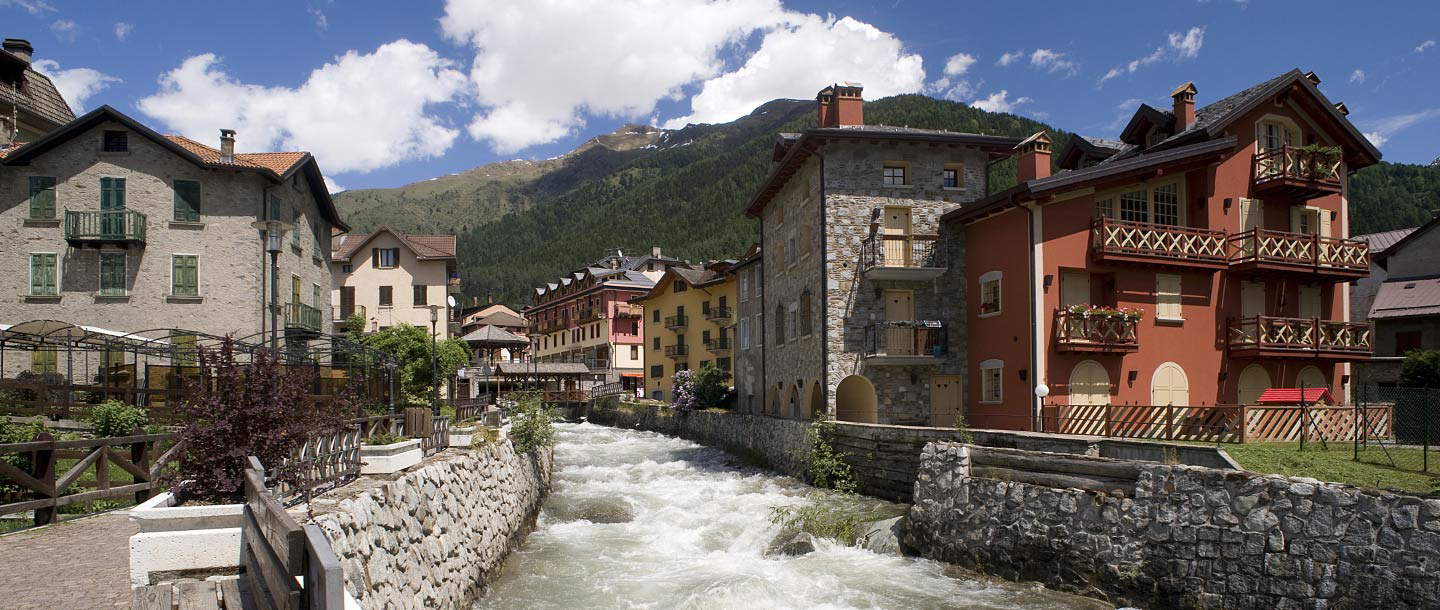
The Archaeological Museum of Val Camonica is intended to be an important link to the Roman-era archaeological sites in the surrounding area. The exhibition itinerary is divided into three sections. The first exhibits reliefs and materials from various excavations in Cividate Camuno. These are joined by artifacts found at the Santo Stefano site and dated between the Mesolithic and Iron Age. One epigraph, among the most important found so far, testifies to the res publica designation for the ancient Camunian community. The second section of the museum, on the other hand, is devoted to the ancient cults widespread in Valle Camonica and preserves, among other things, the cult statue from the sanctuary of Minerva of Breno as well as a pillar with Dionysus as a child and various epigraphs with dedications to Mercury and Minerva from various localities in the area. The third and final section, on the other hand, deals with necropolis, and here epigraphs and grave goods collected from various sites in the valley are displayed.
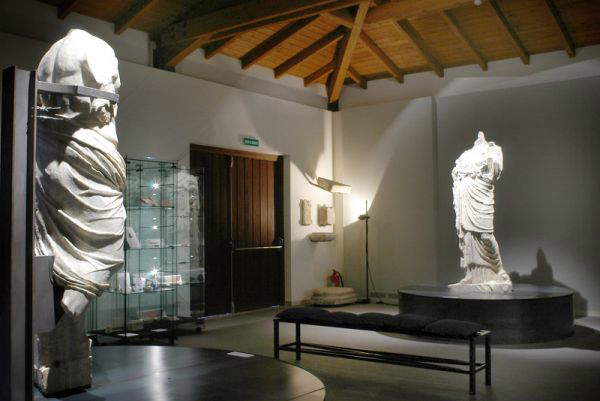
The Church of the Monastery of San Salvatore was formerly part of a larger monastic complex built around the 11th-12th centuries and is considered a unique testimony to the Cluniac presence in the Camonica Valley. Famous then, above all, is its officinal garden that holds precious medicinal herbs, the use of which has been attested since the Middle Ages for the care and treatment of sick pilgrims. Villa Agostani in the historic center of Capo di Ponte, on the other hand, houses the National Museum of the Camonica Valley. In this valley, famous throughout the world for its extraordinary complex of depictions engraved on rocks, less well known are aspects of the daily life of these ancient peoples. The National Museum in Capo di Ponte, integrates, with the exhibition of artifacts, the heritage of images engraved on rocks and recomposes, in an inseparable whole, the identity expression of Val Camonica.
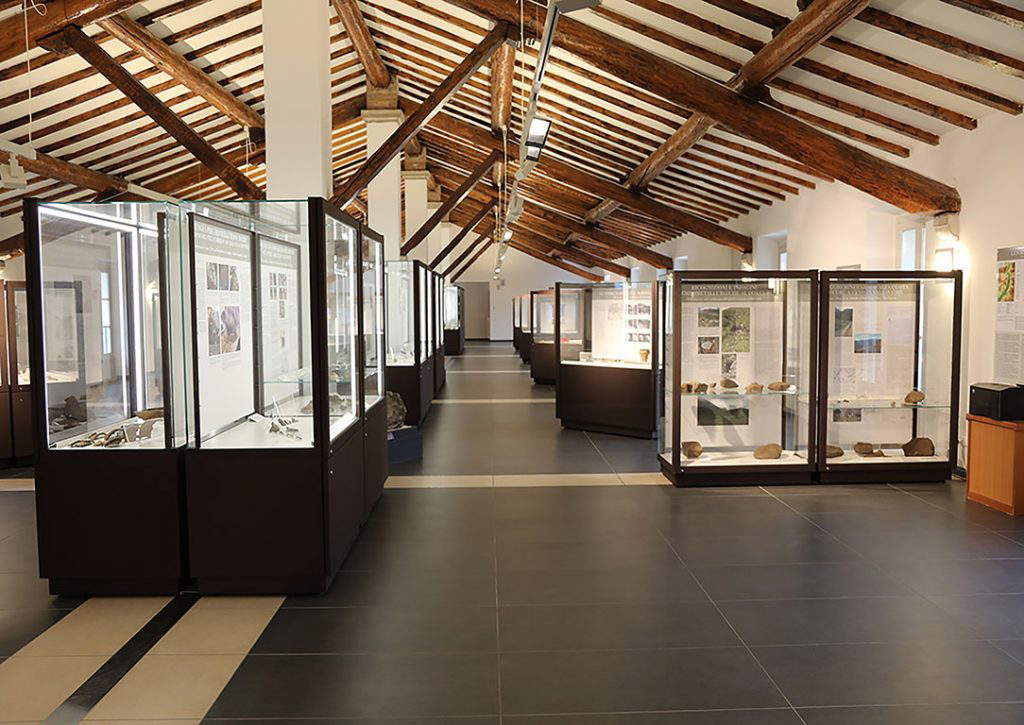
In just under a hectare, the National Archaeological Park of the Massi di Cemmo preserves numerous important treasures. It is the first site of Camuna rock art reported in 1909 by geographer Gualtiero Laeng for the presence of the two extraordinary historiated boulders from the 3rd millennium B.C. depicting symbolic compositions with the figures of animals, weapons, anthropomorphs, and scenes of plowing and transportation on a four-wheeled cart. Only recently, however, a megalithic sanctuary has been unearthed around the boulders, in which the sacred space is bordered by a walled enclosure with historiated stelae. The sanctuary, founded in the Copper Age on pre-existing levels of ancient Mesolithic and Neolithic frequentation, is believed to have lived on , until late Roman times when it was deactivated by the Christians, who built the Pieve di San Siro near the pagan place of worship and ceremonial. The Park today is easy to walk on level ground along the equipped trails, and the visit lasts between half an hour and an hour.
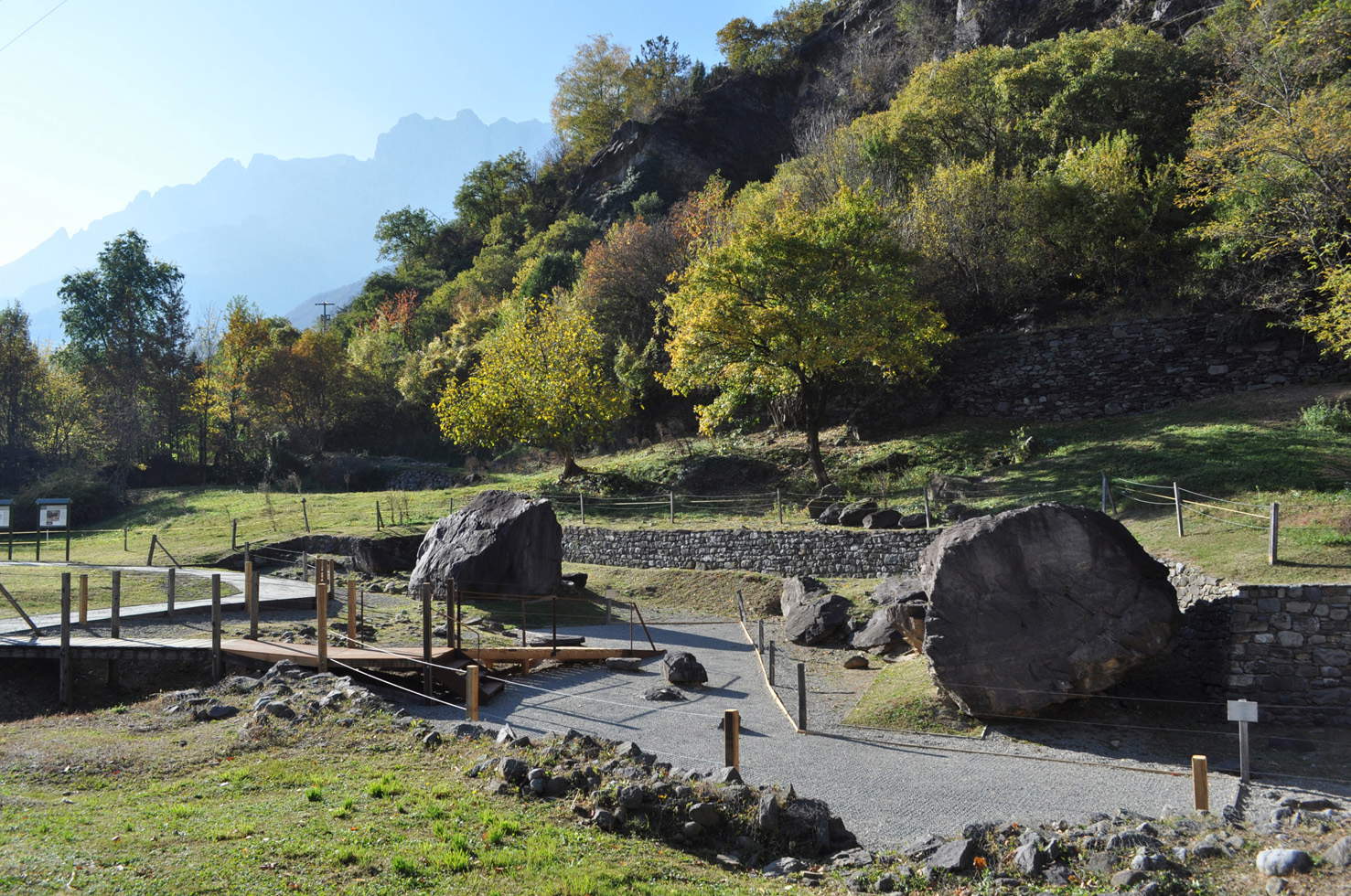
 |
| Val Camonica, what to see: 10 places not to be missed |
Warning: the translation into English of the original Italian article was created using automatic tools. We undertake to review all articles, but we do not guarantee the total absence of inaccuracies in the translation due to the program. You can find the original by clicking on the ITA button. If you find any mistake,please contact us.